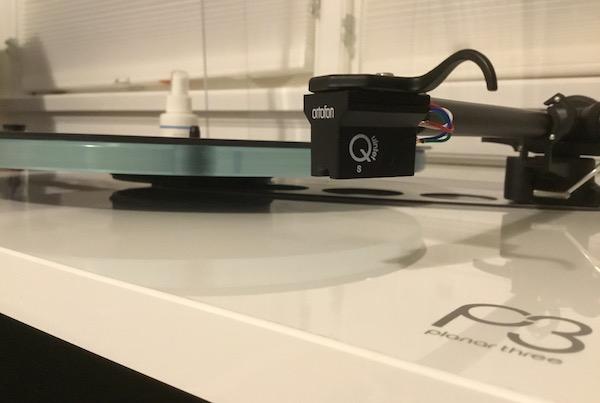|
Mar 22, 2019
|
Feb 04, 2019
|
Aug 16, 2018
|
Oct 25, 2017
|
Oct 20, 2017
|
Apr 28, 2016
|
Feb 19, 2015
|
Nov 01, 2014












